Museum Liaunig is an art and architectural gem born out of Liaunig family’s over-five-decade collection. In the 1960s during their student era, Eva and Herbert Liaunig came to know artists who introduced them to the art scene and galleries of Vienna. The friendships made during this period marked the beginnings and form the foundation of their collection. The collection now consists mainly of around 4,000 contemporary Austrian artworks since 1945, complemented by earlier examples of classical modernism and an exemplary selection of works by international artists.
LARRY’S LIST had the pleasure to speak with one of their sons Peter Liaunig, current director of Museum Liaunig. He explained the architectural concept behind the museum, which is described to be without “a gram of fat”; how the family enjoy being there privately to see their artworks during closed season; his happiest moment with the museum; and his advice to collectors who may be thinking about building a private museum.
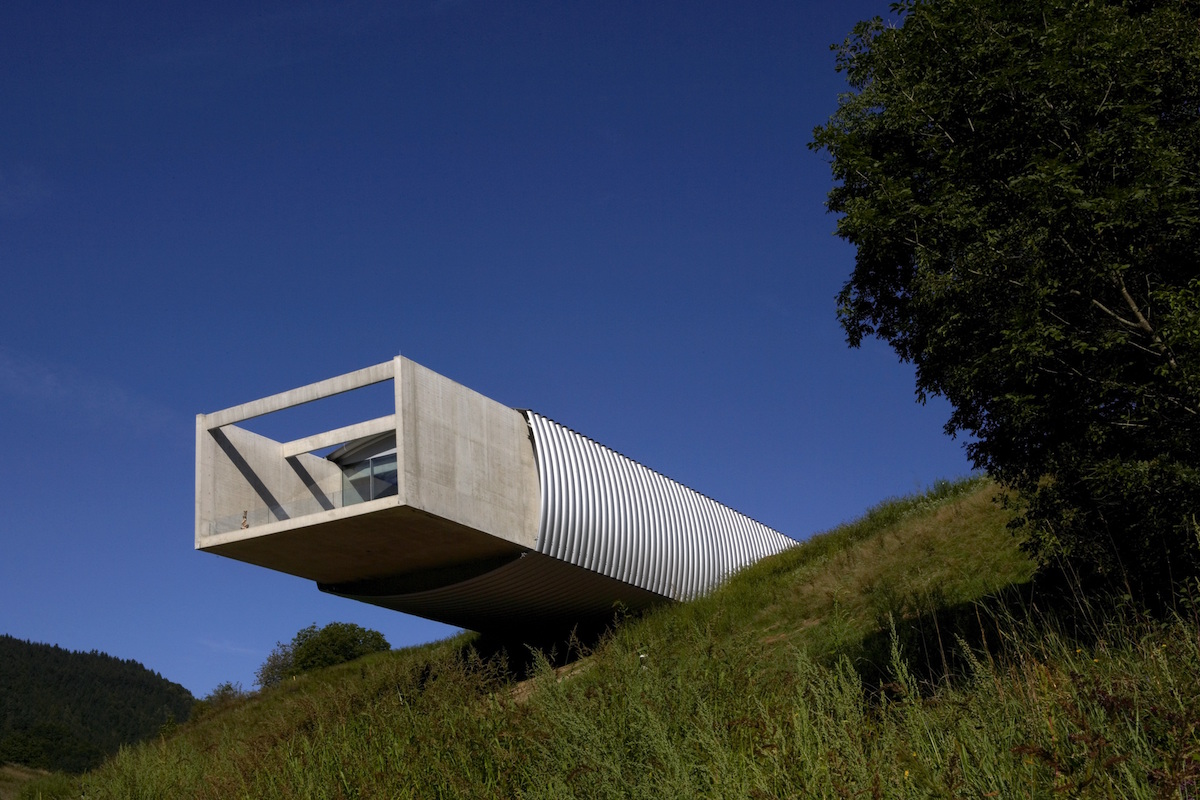
The museum and its architecture
What was the motivation behind opening a museum?
We never intended to have a museum, but over the years, the collection got bigger and bigger. Therefore, we started to think about building something that could house the ever-expanding collection. One day the involved architect said that if we were going to build something that big, it should be accessible to the public… that was the beginning.
Why is it important for your father and you to share your collection with a wider public?
In Austria, there are very few public museums with a focus on Austrian contemporary art, and there is only one other private museum left with the same focus. So we believe that it is necessary to show people the wide range of Austrian art and to highlight the potential of the artists represented in an international as well as national context.
Why did you choose this location for opening the museum there?
It is close to our home in Neuhaus, and we do regard the museum as an extension of our living room, as strange as it may sound. During the closed season, we enjoy being there privately to see our artworks.
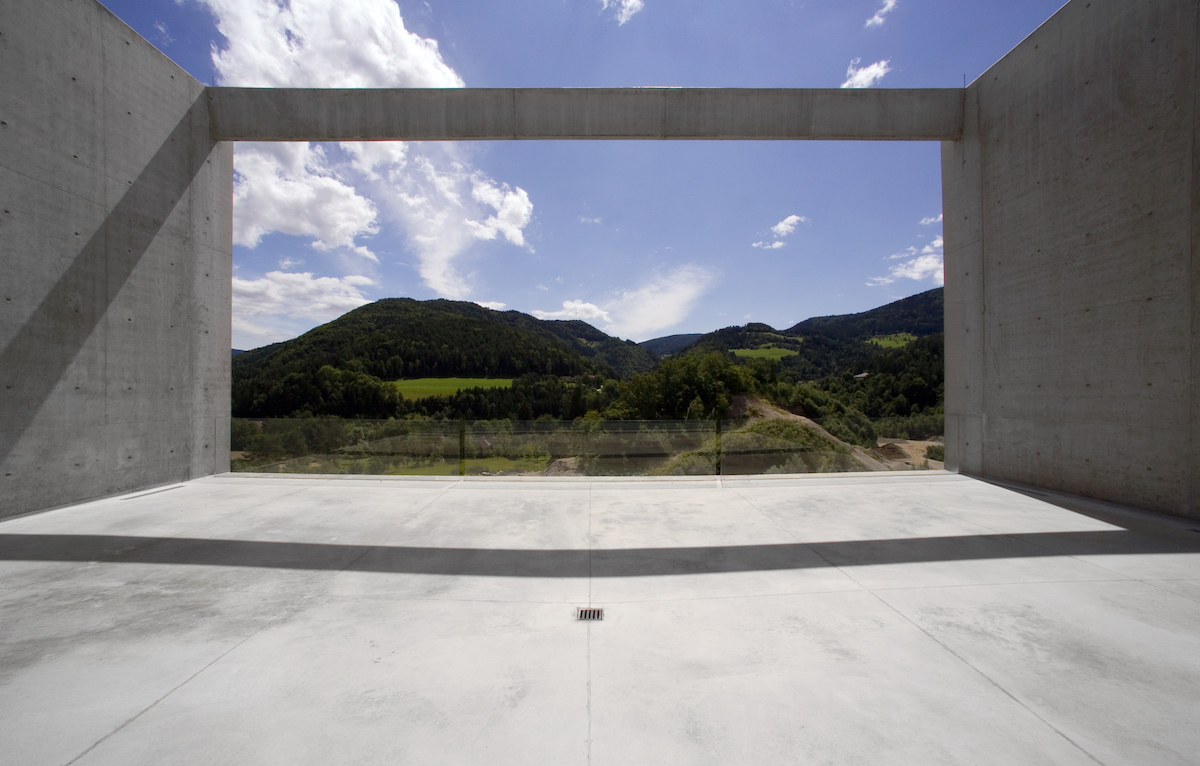
What is special about the architecture? And how does it facilitate the display of art?
The QUERKRAFT architects designed a perfect home for our collections. My father has worked with a variety of great architects (Günther Domenig, Thom Mayne, Steven Holl to name a few) so he is an experienced builder who knows what he wants. Originally, he was told that such a building cannot be built for the given budget but he proved otherwise. The museum is a piece of architecture without “a gram of fat” as the architects like to explain. It is a minimalistic, largely underground industrial building with lots of concrete, white walls, and daylight. Being so straight forward, the museum is the perfect stage for art without being “noisier” than the artwork shown.
What is the mission of the museum? And how to achieve this mission?
To show many, many exciting exhibitions with great Austrian art for as long as possible. None of it would be possible without our small but super dedicated team that we regard as a family extension. Everyone takes everything personally.
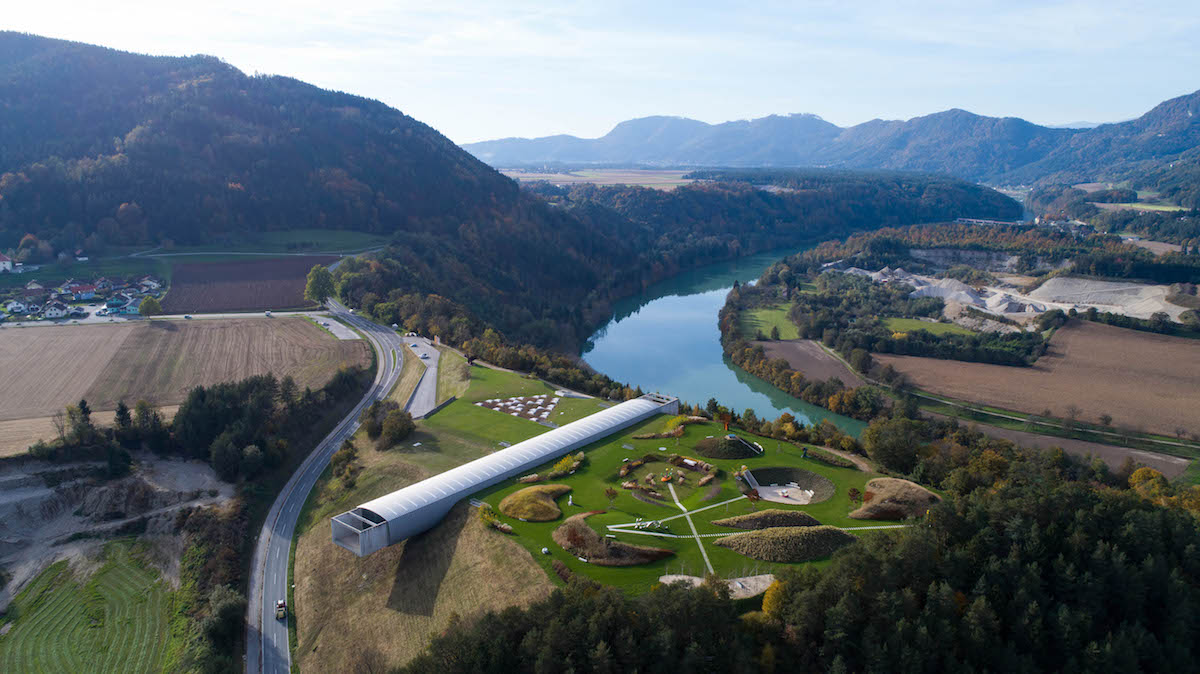
The collection
What is the proportion between the part of collection shown in museum and the part kept privately?
The contemporary art collection currently holds about 4000 pieces of art, but there are artworks in various buildings of my father’s companies and also at the various homes of the family. I would guess that about two thirds are on display or stored in the museum, most of the time these are the bigger artworks. However, we privately own artworks too, that do not belong to the museum, but which are shown if necessary.
What are the different focuses of the museum collection and your private collection?
Actually there is no difference between the artworks that we show in the museum and the art we live with at home. This is why we regard the museum as our living room extension. Of course our private spaces do have additional elements of living, like furniture, carpets, and paintings or art of various time periods etc. Some of these could be regarded as small collections too.
How do you decide what to show from your collection in the museum?
It always depends on what the next exhibition focuses on. There is no restriction on what can be shown or not.
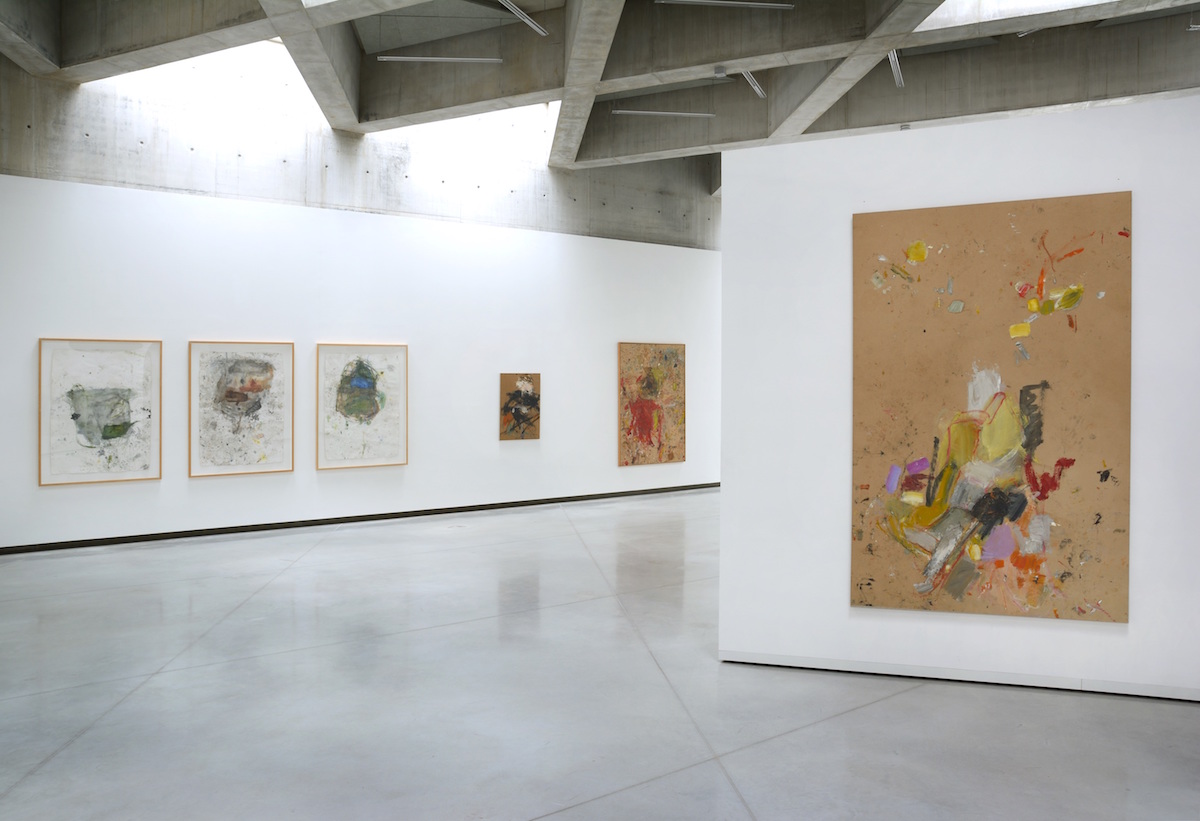
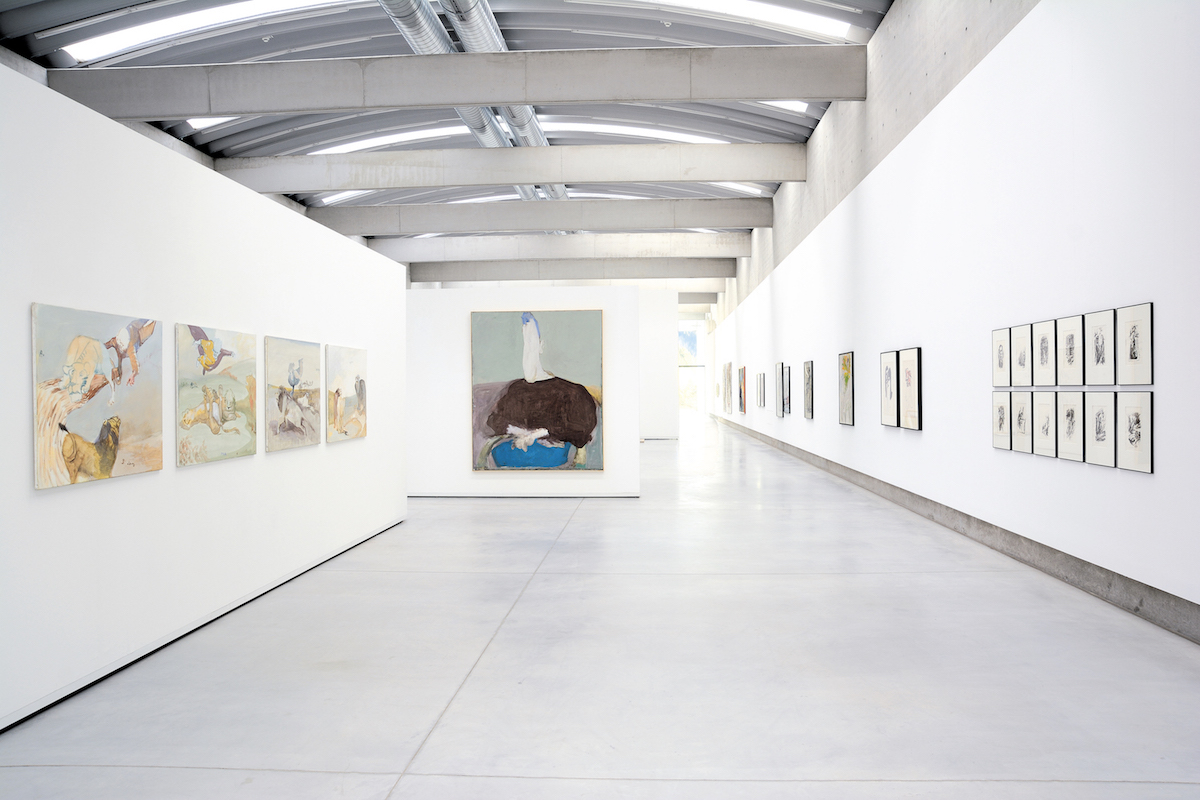
The programming
How much are you involved in the programming as well as the curating of exhibitions in the museum?
The whole family is involved in the programming, especially my father and myself. This actually is the fun part! There are so many interesting topics that can be worked on, and every new external curator, every new exhibition gives a new insight.
How often do you rotate the works shown in your museum? What is the proportion of artworks that are from outside the collection?
The main exhibition rotates every year (we are open from May to October). In addition, we have two more shows in our triangular special exhibition space during the season, plus at least one special exhibit in our sculpture depot. In addition, there is the sculpture park, which gets an additional sculpture every other year. The historical collections (portrait miniatures, decorated glass, European silver, African art) rotate about every three years.
I estimate that the proportion of artworks from the outside is less than 5% as the loan process is quite complex, and it is more expensive too. There are lots of restrictions especially as our house is a daylight museum. But we are aware of that, and we are proud of it. In our museum, a white painting is white, and does not appear as an artificial yellow-white.
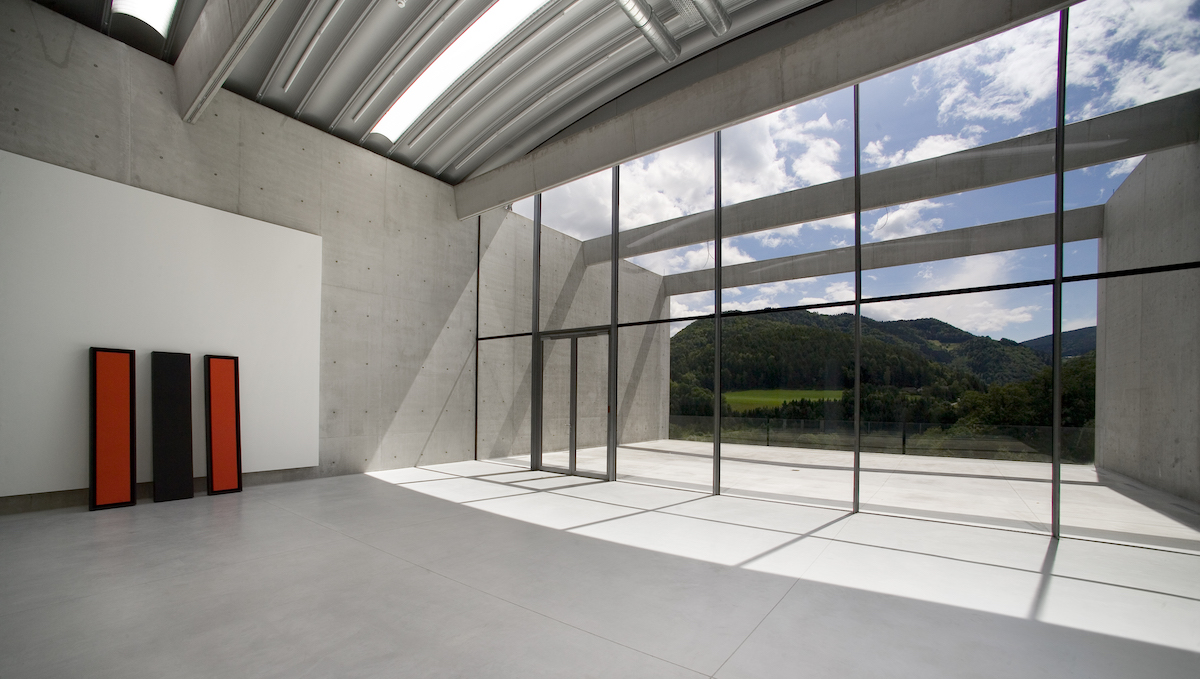
What are the challenges when producing exhibitions as a private museum?
Getting all done in time. Whenever the season is over, we have about one week time off for our team, and then the old exhibitions are taken down, so the new ones can be set up. By the end of January, most of it has to be back up, as we have to produce catalogs and books……it is never boring!
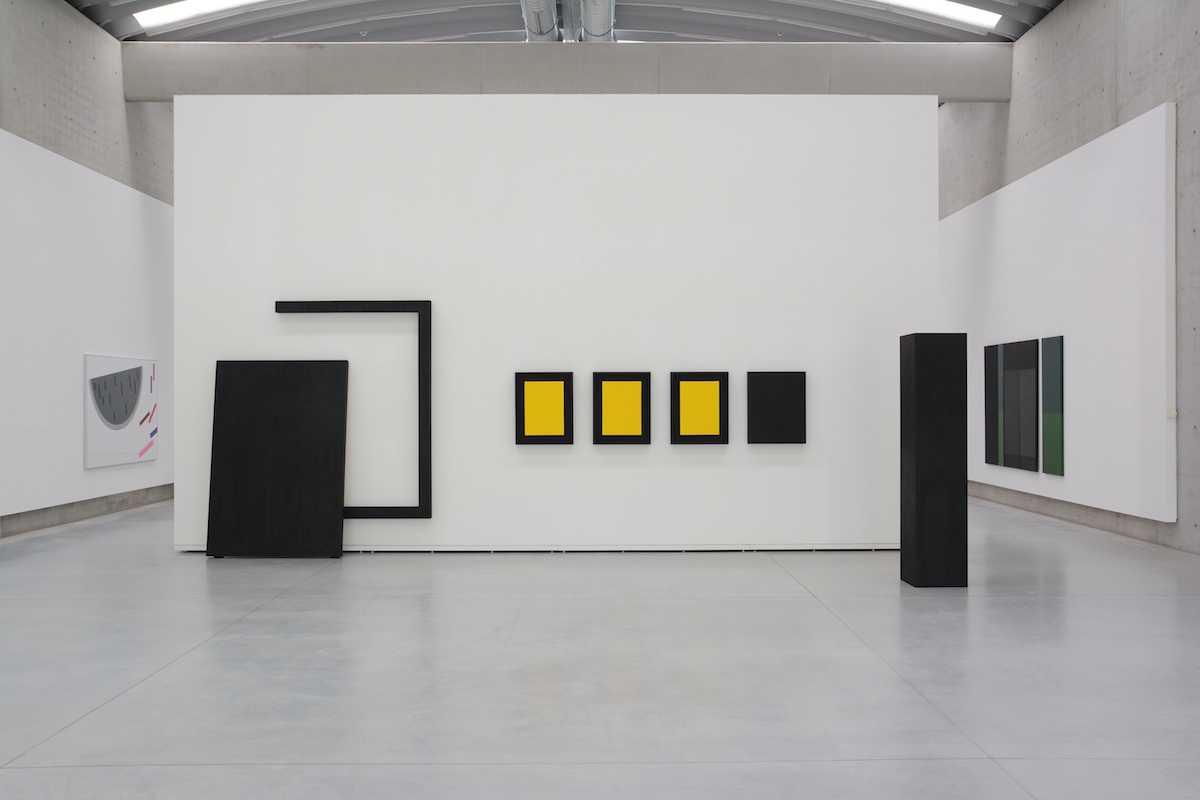
What are the current exhibitions? Any special upcoming programs that we definitely should not miss out?
The main exhibition “o. T.” (“o. T.” is short for “ohne Titel” and means “untitled”), curated by the external curator Dieter Bogner, emphasizes the themes of geometries, systems and concepts. Covering the period from 1950 to the present, the exhibition offers the first comprehensive insight into the diverse artistic concepts of elementary art in Austria, both historically – spanning 70 years – and in terms of the variety of media.
The triangular special exhibition room continues to house the “Old Friends” series. The Austrian artists exhibited since 2016 in the course of this series are those to whom my father has been devoted as a collector and friend for decades. This year we first showed Martha Jungwirth (*1940) on the occasion of her 80th birthday and now we are dedicating a retrospective to Alfred Klinkan (1950-1994), who would have turned 70 this year and left behind a massive oeuvre of thousands of paintings, drawings, watercolors, prints, and objects, to give an idea of his colorful “wonderworld”.
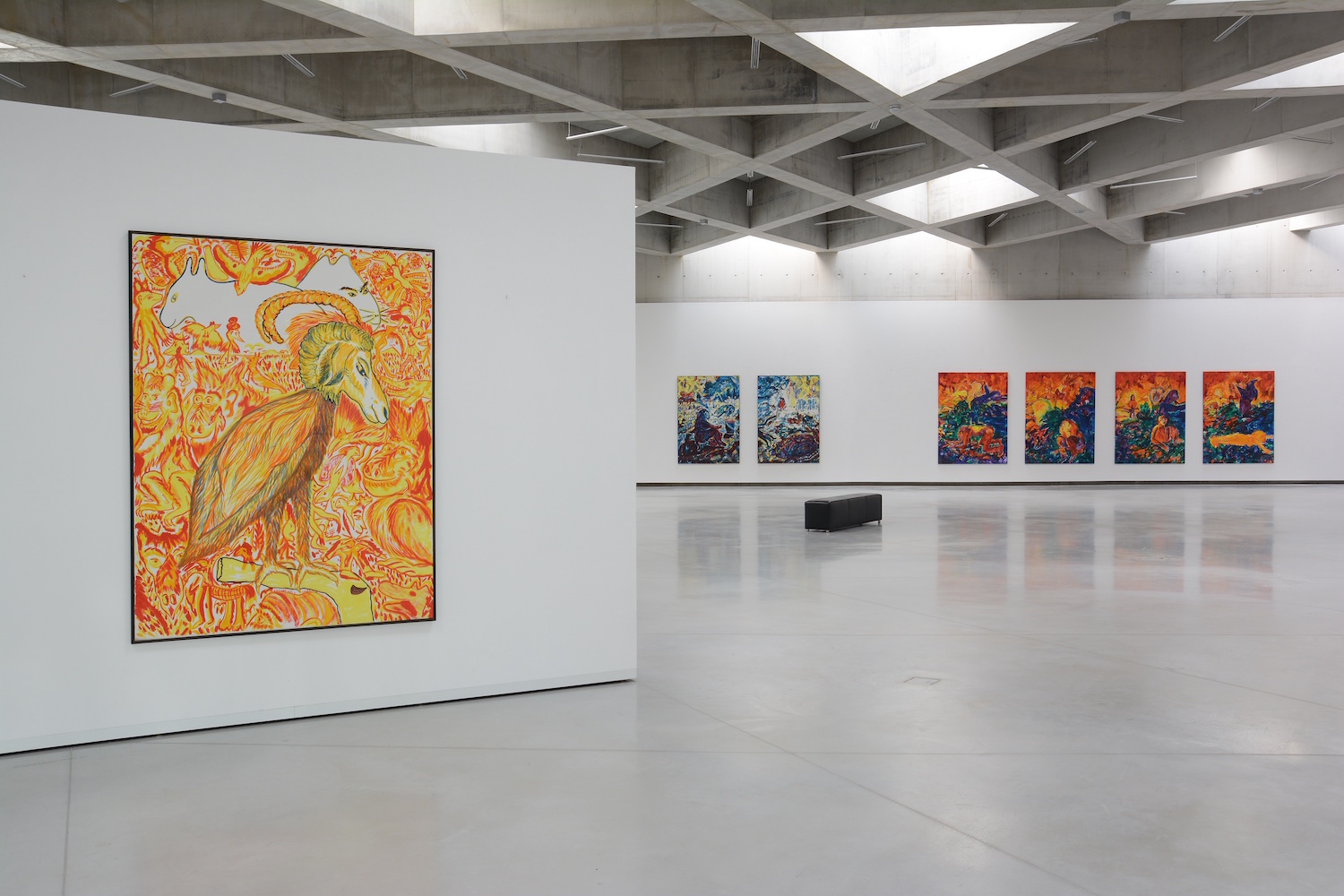
In the sculpture depot, the focus is on the square steel works of the German sculptor Robert Schad (*1953). The round architecture of the room— a cylindrical space of exposed concrete, 20 meters in diameter, with a truncated cone and a skylight— and the circular penetration of light immediately excited the artist and inspired his exhibition title “> CAROUSSEL <”.
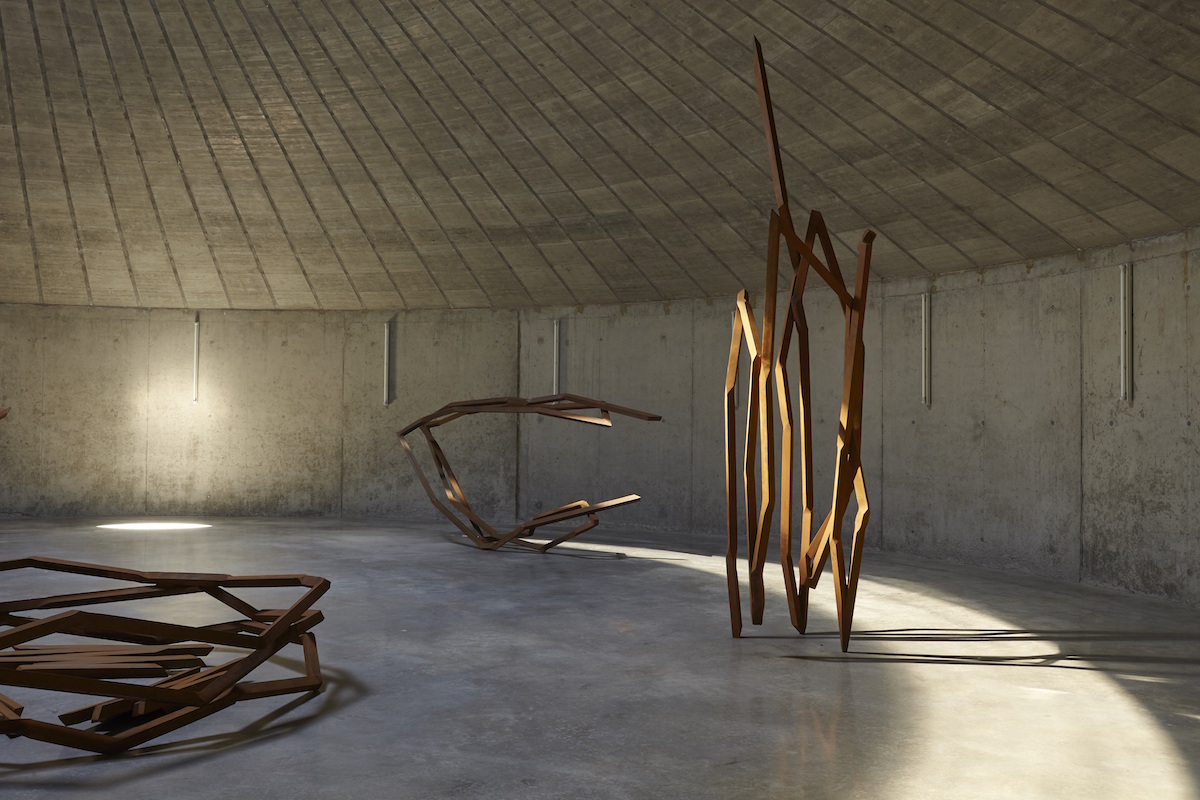
As a counterpoint to contemporary art, it was planned from the beginning to also have an African collection on display in the museum: The “Akan Gold” exhibition— comprising some 600 pieces of jewellery and cult objects of the royal Ashanti, Baule and Fante tribes— is presented in an underground cube specially designed for this collection.
On fine days the sculpture park invites visitors to stroll through. These sculptures in the open air form a selection of works by Austrian and international artists spanning the generations, from modernism to the present day.
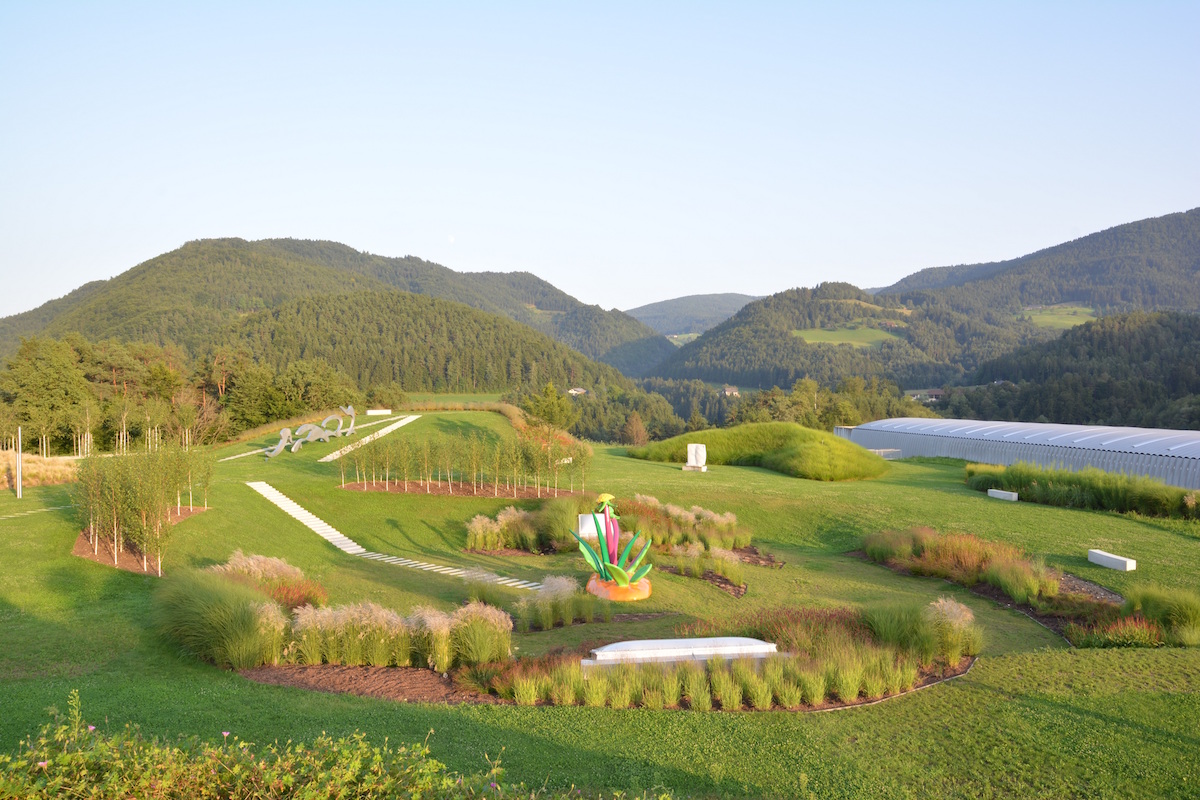
Priceless moment and vision
What was your happiest moment since your private museum has been set up?
Always the biggest thing for all of us are always the moments when visitors tell us how much they enjoyed their stay at the museum, and when they promise to be back next year! This is priceless.
What do you think are the key elements that determine the success of a private museum?
Passion, love, strict business plans, concepts, and sponsors!
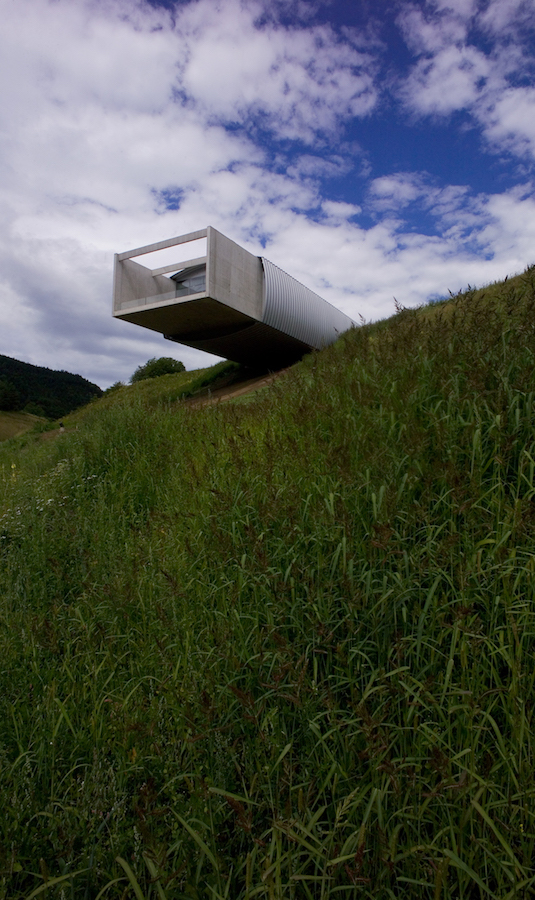
What are your visions for the museum in the next five and ten years respectively?
Do better, do more, so more people get to know us and come and enjoy the house. Do more collaborations with other private museums outside of Austria.
What is your advice to other collectors who may be thinking about building a private museum?
Think about it twice. It is a lot of work for all people involved, and either you go 110% or you do not go at all.
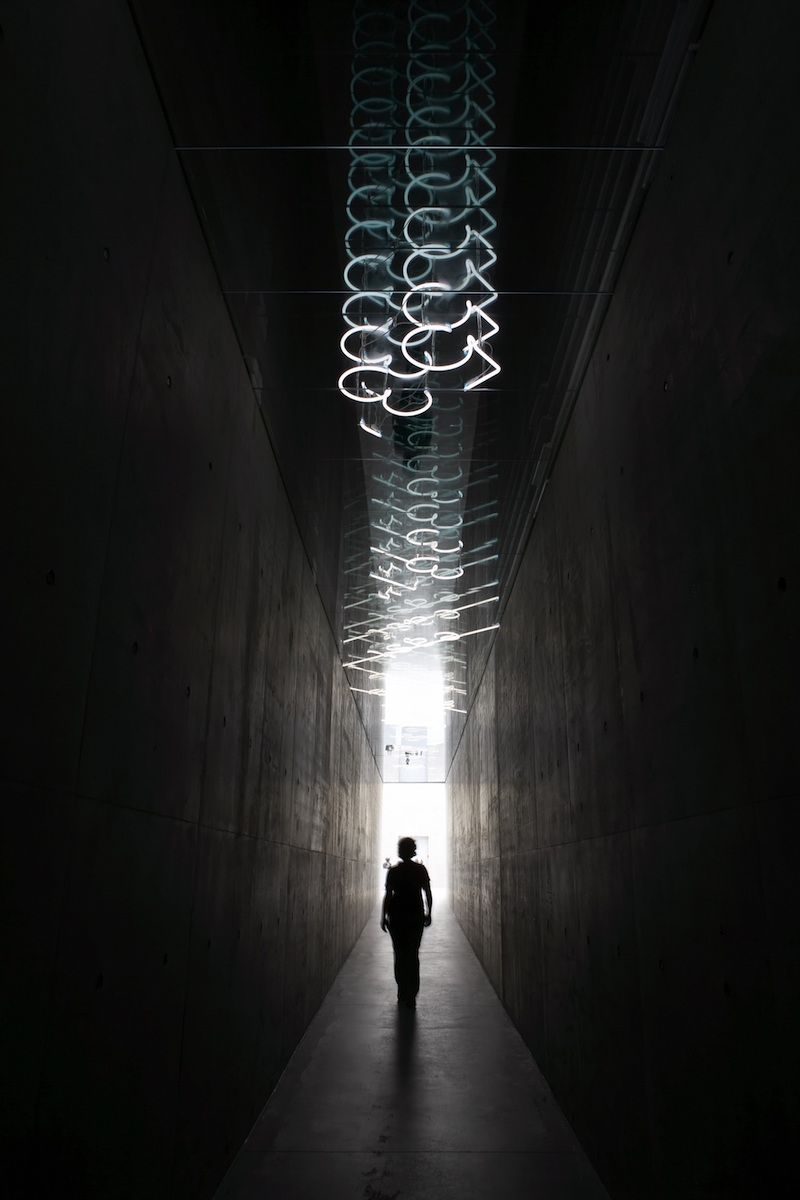
Related: Museum Liaunig
By Ricko Leung





